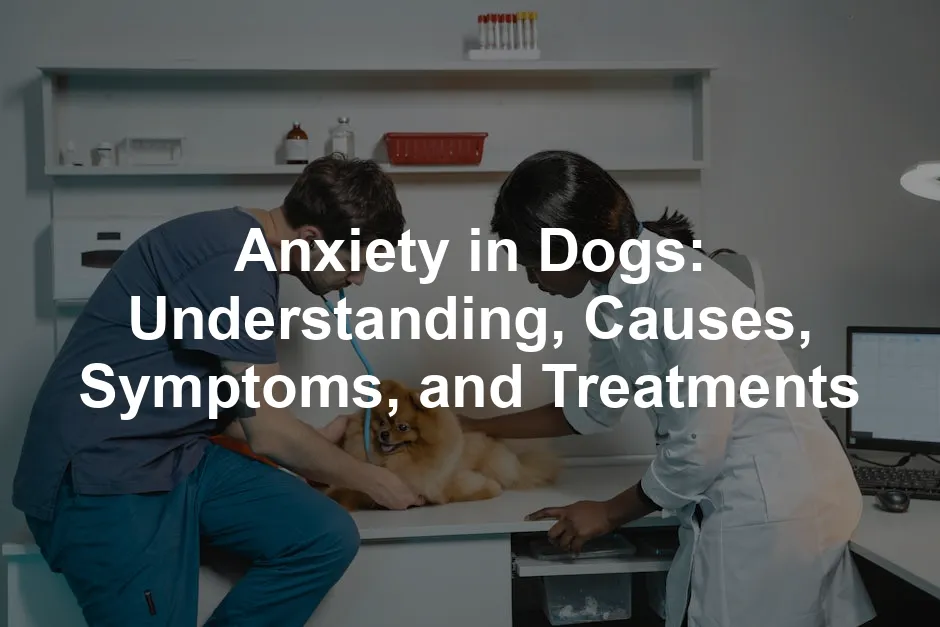Introduction
Anxiety in dogs is more common than you might think. Just like people, dogs can feel anxious. It’s vital to recognize this emotional struggle. Addressing anxiety not only improves your dog’s behavior but enhances their overall quality of life. This article aims to equip you with the knowledge needed to understand dog anxiety fully.
Summary and Overview
Dog anxiety refers to a state of emotional distress that manifests in various behaviors. Recognizing the signs is crucial. Common symptoms include excessive barking, pacing, and destructive behavior. Identifying the underlying causes helps tailor effective treatment strategies. Statistics indicate that about 14% of dogs suffer from separation anxiety alone. If left untreated, anxiety can lead to physical and emotional consequences for your furry friend.
Speaking of anxiety relief, have you tried a Pheromone Diffuser for Dogs? These nifty gadgets work wonders by providing a calming scent that can ease your pup’s anxiety. Just plug it in, and let the soothing begin!
Understanding Dog Anxiety
What is Dog Anxiety?
Dog anxiety differs from fear. While fear is a response to an immediate threat, anxiety involves anticipating future dangers. Normal behavior can seem very different from anxiety-driven actions. Understanding this distinction helps in addressing the issue. Canine anxiety can lead to emotional distress, affecting their well-being.
Common Causes of Anxiety in Dogs
Several factors contribute to anxiety in dogs. Genetic predisposition plays a significant role. Certain breeds are more prone to anxious behavior. Environmental triggers, like loud noises or new experiences, can increase anxiety levels. Past trauma, such as neglect or abandonment, can leave lasting effects. Moreover, lack of socialization during puppyhood can also contribute to anxiety. Studies show that separation anxiety impacts around 14% of dogs, highlighting the need for awareness and prevention strategies. Recognizing these triggers is essential for effective management.

Understanding the signs and causes of separation anxiety is vital for effective management of anxiety in dogs.
Recognizing Symptoms of Dog Anxiety
Behavioral Signs
Recognizing signs of anxiety in dogs is crucial. Your dog might display various behavioral symptoms. Common signs include excessive barking, pacing, and aggression. Destructive behavior, like chewing furniture, can also indicate anxiety.
Pay attention to subtle signs too. Look for lip licking, tail tucking, or excessive yawning. These behaviors can signal discomfort or stress. Your dog’s body language is a window into their emotional state. Understanding these signs helps you respond appropriately.

Being aware of these signs can lead to early intervention. After all, addressing anxiety sooner rather than later is vital for your dog’s well-being.
Physical Symptoms
Physical symptoms often accompany anxiety in dogs. Panting, drooling, and shaking are common manifestations. These signs can occur even in comfortable environments. Such reactions may indicate an emotional struggle within your pet.
It’s essential to connect these physical symptoms to your dog’s emotional state. Dogs may exhibit stress responses, such as increased heart rate or hyperventilation. Understanding this link is crucial for effective management.
Recognizing both behavioral and physical symptoms helps create a comprehensive picture. This awareness can lead to timely and appropriate interventions for your anxious dog.
Types of Dog Anxiety
Separation Anxiety
Separation anxiety is a specific type of dog anxiety. Dogs with this condition often exhibit distress when left alone. Common symptoms include whining, barking, and destructive behavior. Many dogs may try to escape their confinement, leading to further issues.
Statistics reveal that approximately 14% of dogs experience separation anxiety. This makes it a prevalent concern among pet owners. Understanding this condition can help you take proactive steps to support your furry friend.

Being aware of separation anxiety can lead to effective coping strategies. Addressing this issue early on can significantly improve your dog’s quality of life.
Noise Anxiety
Noise anxiety is another common issue for dogs. It often arises from loud noises, such as thunderstorms or fireworks. Dogs experiencing noise anxiety may exhibit fearful behaviors. They might hide, tremble, or bark excessively.
This fear can stem from past traumatic experiences or lack of exposure to loud sounds. Understanding this type of anxiety can help you create a more supportive environment for your pet.
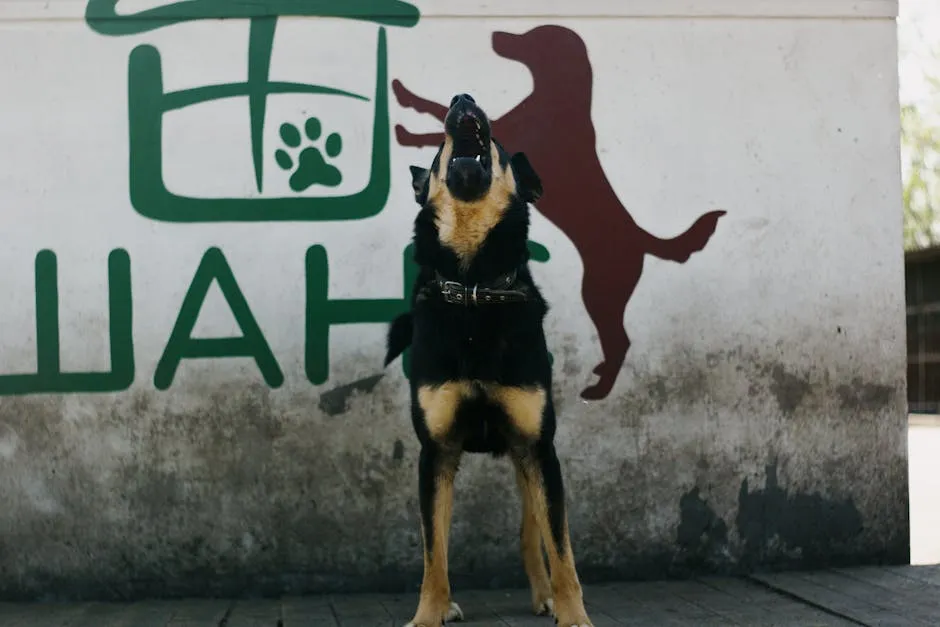
Recognizing noise-related anxiety allows for timely interventions. Implementing calming techniques during loud events can significantly reduce your dog’s stress levels. Consider using a ThunderShirt for Dogs during those thunderous nights to help your pup feel snug and secure!
Age-Related Anxiety
As dogs age, they may experience cognitive dysfunction syndrome (CDS). This condition resembles dementia in humans. It can lead to confusion and anxiety in older dogs. Signs of CDS include disorientation, disrupted sleep, and changes in behavior.
You might notice your senior dog pacing or getting lost in familiar spaces. Increased anxiety may manifest during changes in routine or environment. For instance, if you move furniture or introduce new pets, your older dog might become anxious.
Recognizing anxiety in senior dogs is crucial. Changes in appetite, increased vocalization, or restlessness can indicate distress. It’s essential to monitor these signs closely. Addressing anxiety early can improve your dog’s quality of life considerably.
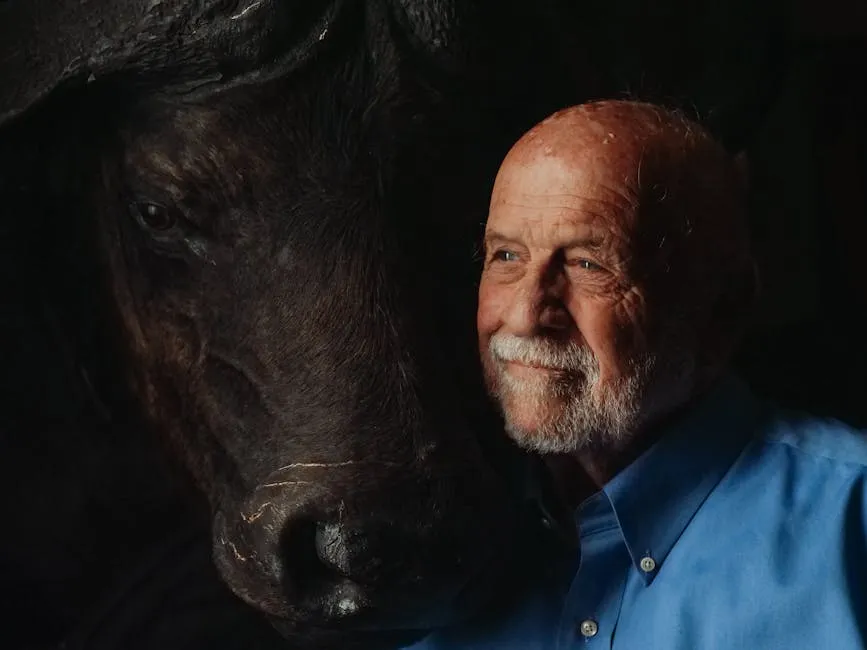
Diagnosing Dog Anxiety
When to Consult a Veterinarian
If you suspect your dog has anxiety, consulting a veterinarian is vital. They can provide an accurate diagnosis. A thorough veterinary evaluation often includes physical exams and behavioral assessments. These procedures help rule out underlying health issues that may contribute to anxiety.
Veterinary behaviorists are also available for specialized assessments. They focus on identifying specific anxiety triggers and recommending effective treatment plans. Early diagnosis ensures your dog receives the necessary support, leading to a happier, calmer life.
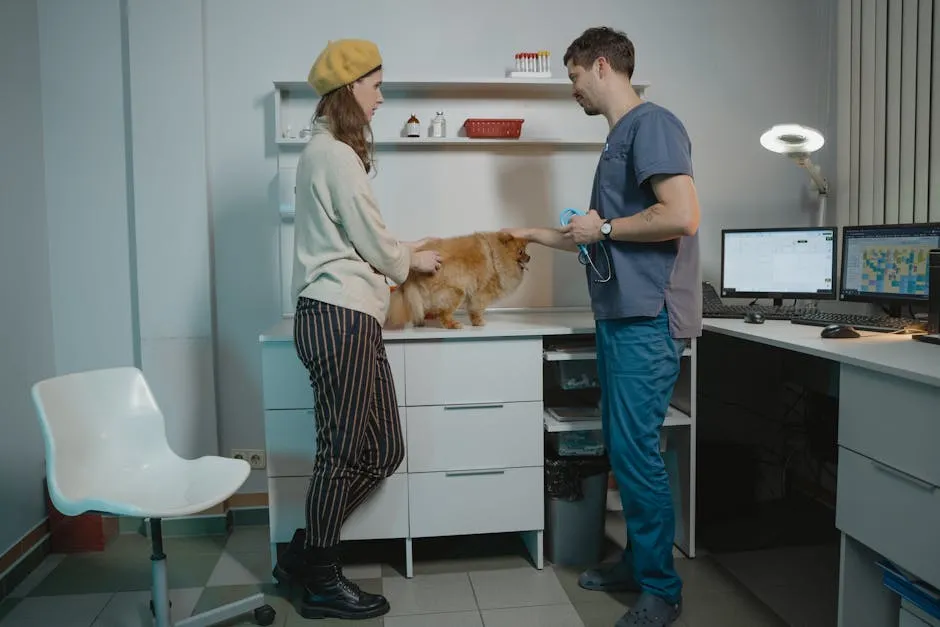
Treatment Options for Dog Anxiety
Behavioral Modifications
Training Techniques
Behavioral modifications can significantly reduce anxiety in dogs. Two effective strategies are desensitization and counterconditioning. Desensitization involves gradual exposure to anxiety triggers in a controlled manner. For example, if your dog fears loud noises, start with soft sounds, gradually increasing the volume.
Counterconditioning replaces negative reactions with positive behaviors. For instance, reward your dog with treats when they remain calm in stressful situations. Positive reinforcement is crucial in this process. It encourages your dog to associate anxiety triggers with positive experiences.

Natural Remedies and Supplements
Many pet owners seek natural remedies for dog anxiety. Calming aids like pheromone diffusers can create a soothing environment. Products such as calming coats apply gentle pressure, helping alleviate anxiety during stressful events.
Natural supplements, including CBD oil, have gained popularity as well. While evidence is still emerging, many owners report success. Always consult your veterinarian before introducing new products. They can recommend the best options tailored to your dog’s needs.
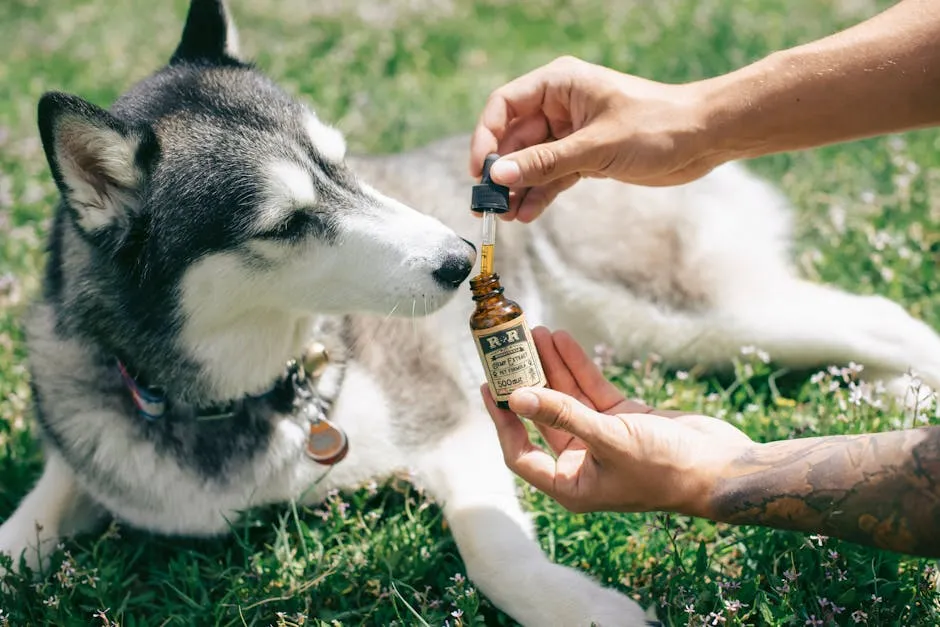
For those looking for natural remedies for dog anxiety, there are various options available that can help soothe your pet during stressful situations.
Prescription Medications
When anxiety impacts your dog’s quality of life, medications may help. Commonly prescribed options include SSRIs and benzodiazepines. SSRIs, like fluoxetine, help regulate mood over time. Benzodiazepines, such as diazepam, offer quick relief for specific triggers.
Consult your veterinarian before starting any medication. They can evaluate your dog’s needs and recommend the best course of action. Using medications without guidance can lead to complications. Always prioritize your dog’s health and well-being.

Preventing Anxiety in Dogs
Early Socialization
Socializing puppies effectively is crucial. Early exposure to various people, pets, and environments builds confidence. Start socialization during the critical window of 3 to 14 weeks. Introduce new experiences gradually to avoid overwhelming your puppy.
Continue socialization into adulthood. Regular outings, training classes, and playdates help maintain their social skills. A well-socialized dog is often more adaptable and less prone to anxiety.

To further support your pup, consider getting a Dog Training Clicker to reinforce positive behaviors during training sessions. It’s a little tool that packs a big punch!
Creating a Routine
Establishing a structured daily routine benefits your dog’s mental health. Predictability in feeding, walks, and playtime fosters security. Dogs thrive on routine, which reduces anxiety and confusion.
Include designated rest times in your schedule. This consistency helps your dog feel stable and secure. A well-balanced routine can significantly alleviate anxiety in dogs.
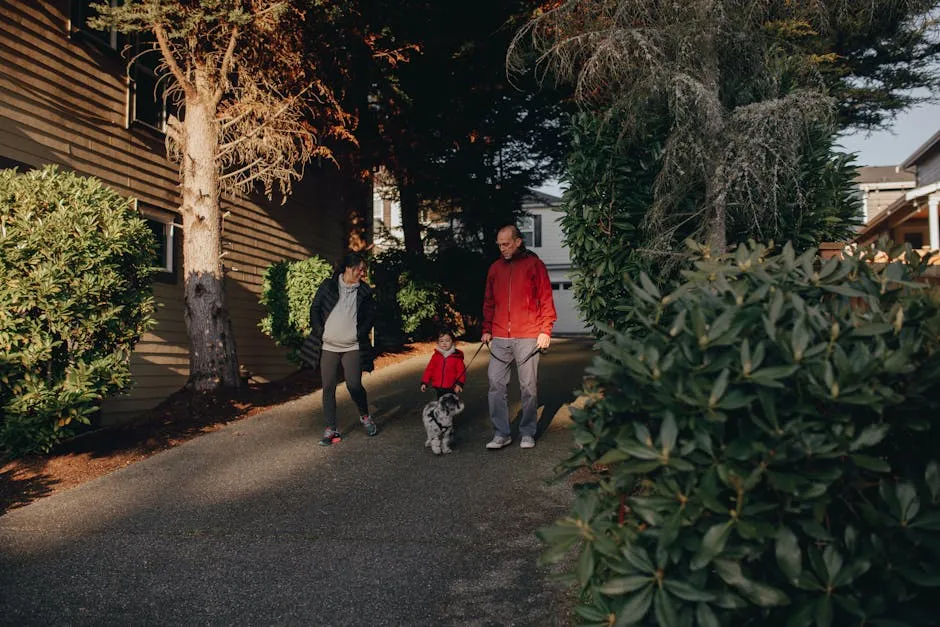
Environmental Management
Managing your dog’s environment is essential for anxiety reduction. Identify and minimize known triggers, like loud noises or unfamiliar visitors. Create a safe space where your dog can retreat during stressful situations.
This area should have their bed, toys, and comforting items. Consider using calming aids, such as pheromone diffusers, to promote tranquility. A well-managed environment can greatly enhance your dog’s comfort and peace of mind. And don’t forget to provide a cozy spot with a Dog Bed with Orthopedic Support to help them relax!

Conclusion
In summary, understanding dog anxiety is crucial for their well-being. Recognizing symptoms like excessive barking, pacing, or aggression helps in identifying the issue. Addressing underlying causes, such as separation or noise anxiety, leads to effective management. Providing a structured routine and safe environment can significantly reduce anxiety. Remember, a calm dog is a happy dog. Professional help should be sought if anxiety persists or worsens. Your dog’s happiness depends on your ability to understand and support them.
FAQs
What are the main signs of anxiety in dogs?
Common symptoms of anxiety include excessive barking, pacing, and trembling. Additionally, lip licking, hiding, and inappropriate elimination can also indicate distress. Recognizing these signs helps you address the problem early.
How can I help my dog with anxiety?
There are various techniques to manage anxiety. Providing a safe space, engaging in regular exercise, and using calming aids can be effective. Training methods like desensitization and counterconditioning also help reduce anxiety levels.
What causes separation anxiety in dogs?
Separation anxiety often stems from past experiences of abandonment or neglect. Changes in routine or environment can trigger this condition. Additionally, a lack of socialization during puppyhood can contribute to its development.
Are there natural treatments for dog anxiety?
Yes, several natural options exist. Supplements like melatonin or calming herbs can be beneficial. Products such as pheromone diffusers and calming jackets are also popular among pet owners.
When should I seek veterinary help for my dog’s anxiety?
If your dog exhibits chronic anxiety or shows signs of distress that interfere with daily life, consult a veterinarian. Signs like severe aggression, self-harm, or inability to settle indicate a need for professional intervention.
Please let us know what you think about our content by leaving a comment down below!
Thank you for reading till here 🙂
All images from Pexels

